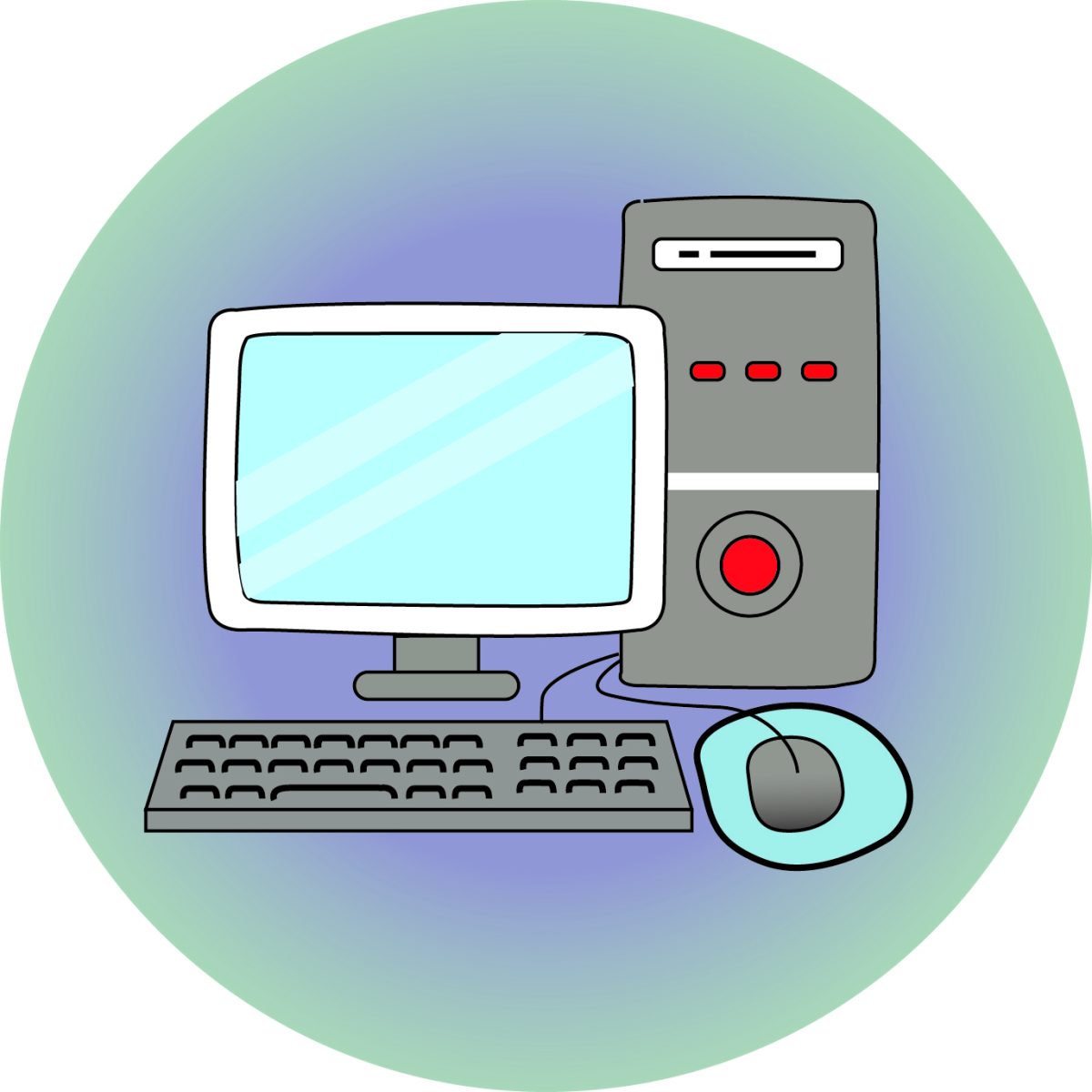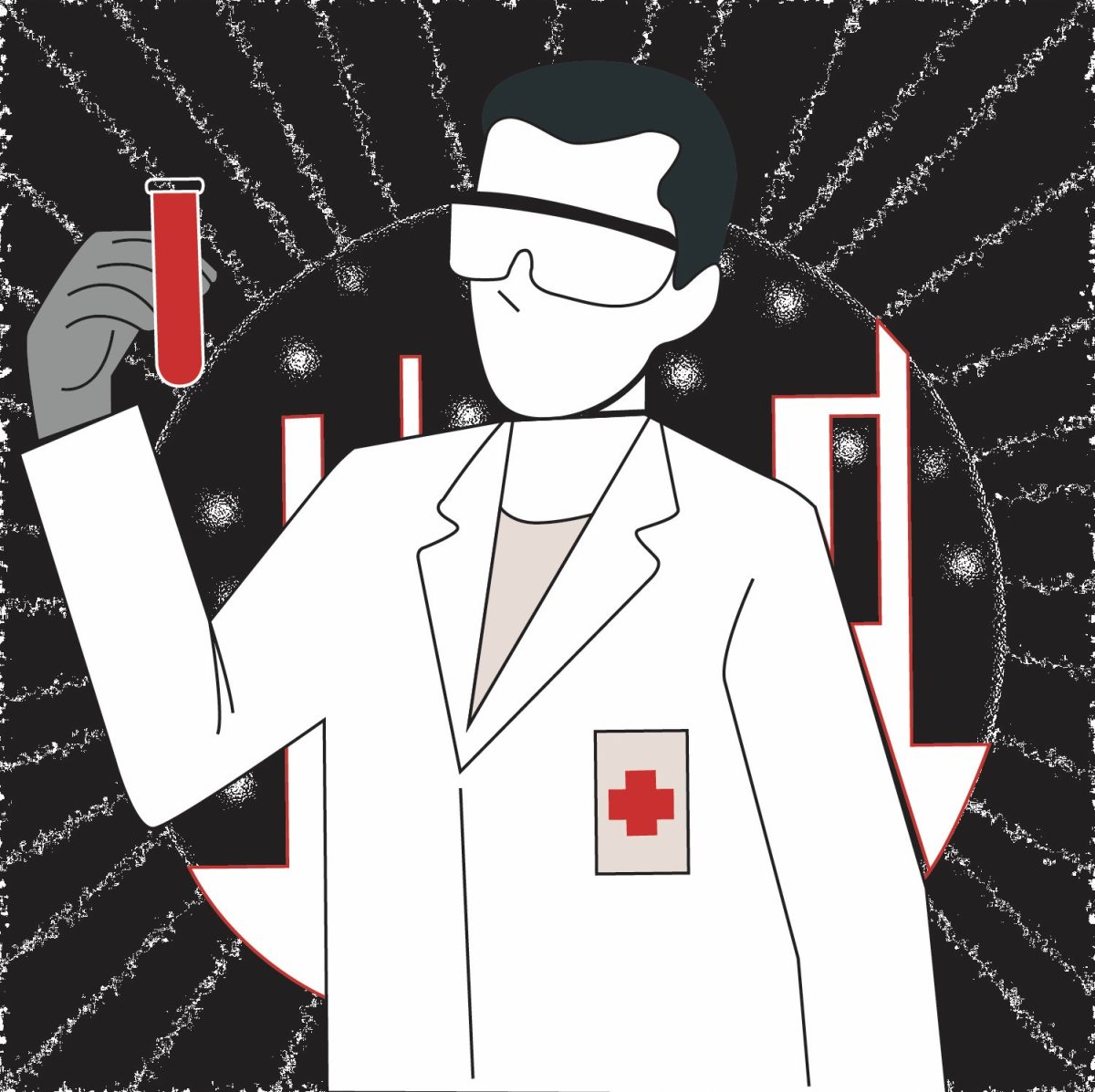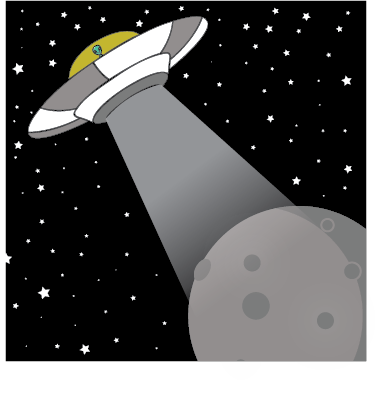Buildings tremble, windows shatter, structures collapse, floors shudder. These are only a few of the results of earthquakes. Now, imagine an earthquake amplified to its highest potential. This disastrous catastrophe causes intensified effects and massive damage to both the earth’s surface and its inhabitants. Scientists have been predicting the next megathrust earthquake for several years now. It is supposed to arrive anytime in the next 50 years, and we must be prepared.
An earthquake can be described as fierce shaking of the earth’s surface. This shaking causes many problematic issues, a substantial amount of property damage, and numerous casualties. When asked what the consequences of earthquakes are, sophomore Matthew Finnigan says, “A lot of things can be destroyed, people can be displaced from their homes.” Freshman Emily Houghton says, “It depends on the size of the earthquake, or like, the severity, if it’s really bad shelves will rattle, buildings will collapse, it can get really bad and things will fall and things will break, but it can also just cause a lot of chaos, because we have earthquake drills for a reason.” These consequences are enhanced depending on the scale of the earthquake. According to senior Cassidy Furdyna, during a megathrust, “More things are getting destroyed and people could lose their lives and much more.” Houghton continues, “I’m assuming with a megathrust earthquake that would probably cause a lot more buildings to collapse, trees fall down, and you just got to be careful because it’s hard to really like know where to hide because if things are falling everywhere, you just got to be careful.”
Megathrust earthquakes are exactly what they sound like. The Government of Canada would describe megathrust earthquakes as “a very large earthquake that occurs in a subduction zone, a region where one of the earth’s tectonic plates is thrust under another.” Additionally, megathrust earthquakes, or intensified earthquakes, average a magnitude of nine on the Richter scale. National Geographic says, “On average, a magnitude 8 quake strikes somewhere every year, and some 10,000 people die in earthquakes annually. Collapsing buildings claim by far the majority of lives, but the destruction is often compounded by mud slides, fires, floods, or tsunamis. Smaller temblors that usually occur in the days following a large earthquake can complicate rescue efforts and cause further death and destruction.” These are merely a few of the consequences of earthquakes.
In the U.S., these escalated natural disasters occur exclusively on subduction zones. According to KQED, “In the US, there are only two locations where a megathrust earthquake is possible—the Alaska-Aleutian subduction zone and the Cascadia Subduction Zone—the region west of the Cascade Range from southern British Columbia to northern California.” The Cascadia Subduction Zone is also one of the many reasons the states of California, Washington, and Oregon have frequent earthquakes. In fact, on Mar. 6, 2024, there was an earthquake here in Issaquah with a magnitude of 3.1.
According to PNSN, “The Cascadia Subduction Zone (CSZ) “megathrust” fault is a 1,000-kilometer-long dipping fault that stretches from Northern Vancouver Island to Cape Mendocino California.” National Geographic says, “Up-and-down motions in earthquakes occur over so-called “dip-slip” faults, where the ground above the fault zone either drops (a normal fault) or is pushed up (a reverse fault).”
The next megathrust earthquake is predicted to come soon, sometime in the next 50 years. According to Earthquake Hazards Program, “The threat of earthquakes extends across the entire San Francisco Bay region, and a major quake is likely before 2032.” 2032 is, disturbingly, a mere eight years away. PSNS says, “The last known megathrust earthquake in the northwest was in January, 1700, just over 300 years ago. Geological evidence indicates that such great earthquakes have occurred at least seven times in the last 3,500 years, a return interval of 400 to 600 years.”
This intimidating disaster can be severely disturbing; however, modern technology is here to protect us. Seismic sensors help us predict earthquakes before they hit, giving us time to evacuate if necessary. Current knowledge helps to inform and prepare us for a large and unexpected catastrophe such as an earthquake. Warning systems spread the news, alerting citizens of an incoming earthquake. Modern structures can be specially designed to withstand the impact of earthquakes. To prepare yourself for an earthquake, Furdyna says, “Proof your house, because you can like earthquake-proof buildings now, just be prepared and know what to do when one happens.” All of these were made to protect us and minimize damage.
Knowledge of earthquakes is one of the many factors that can help us prepare for one. When asked why it is important to be informed about earthquakes, Furdyna says, “To keep yourself safe, and everyone else.” Junior Matthew Malcolm says, “’Cause they’re harmful. They cause property damage.”
There are many charities and non-profit organizations such as Red Cross, Project Hope, and Direct Relief that help people that have lost belongings due to earthquakes. Furdyna says, “Donate food and water, some bedding, just things that they might need, just to help them out as they’re going through this time, even just donating money alone, it helps.” Houghton says, “Be there as like someone they need to talk to, but also let them know about resources that are available, places such as food banks, or like clothing drives, just stuff to help people get back on their feet.”
Although megathrust earthquakes are intense disasters, we have the information, resources, and technology to withstand the next one. Be prepared, stay informed. If you would like to assist those suffering from natural disasters, please visit American Red Cross to make a donation.





